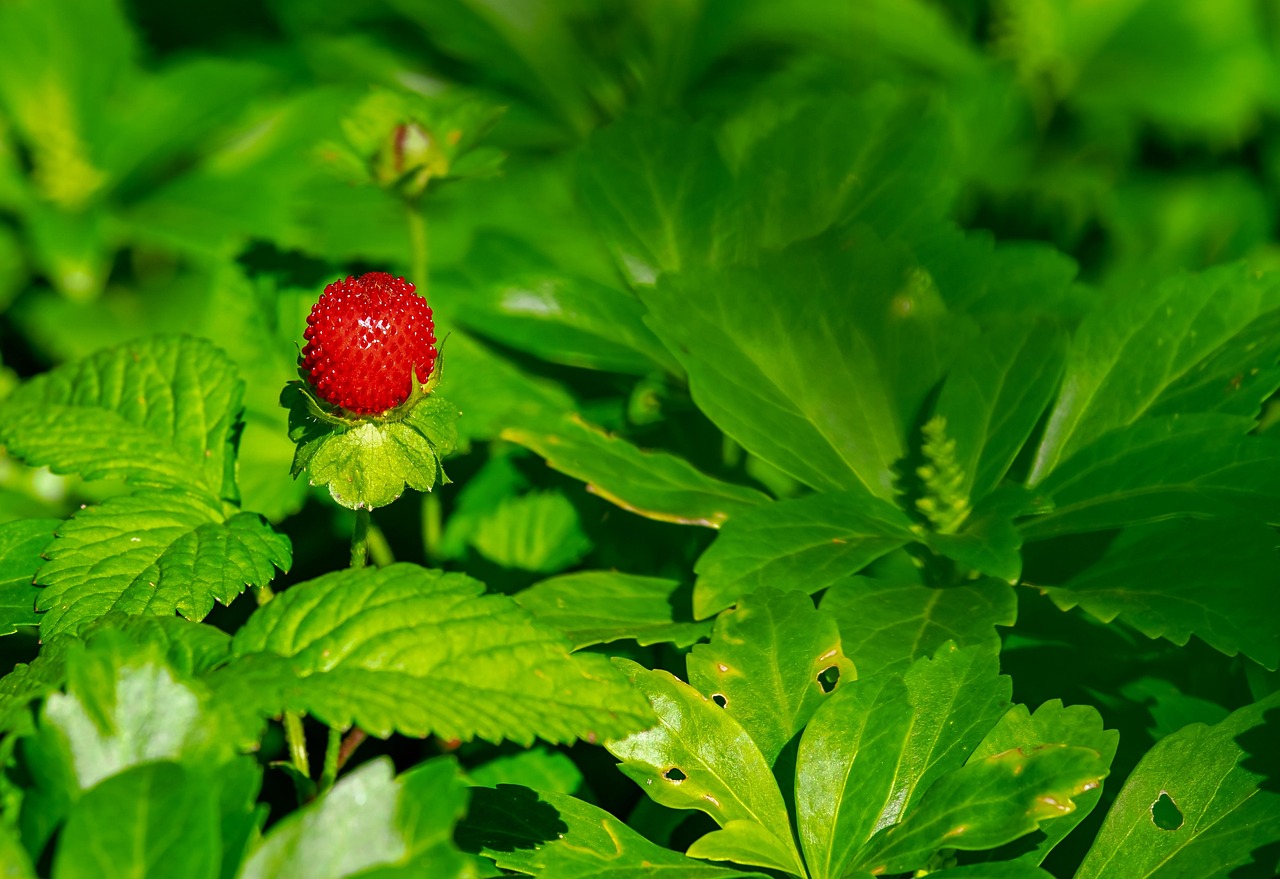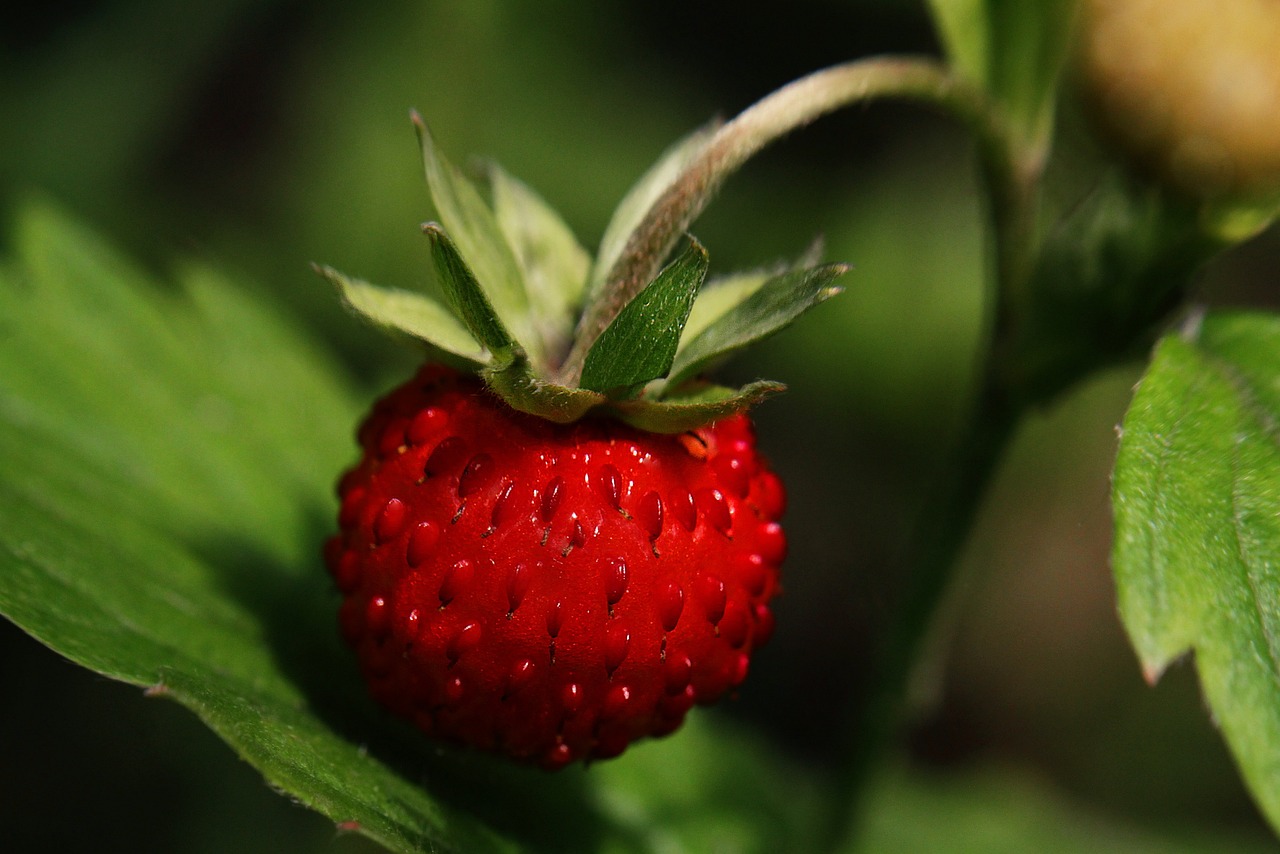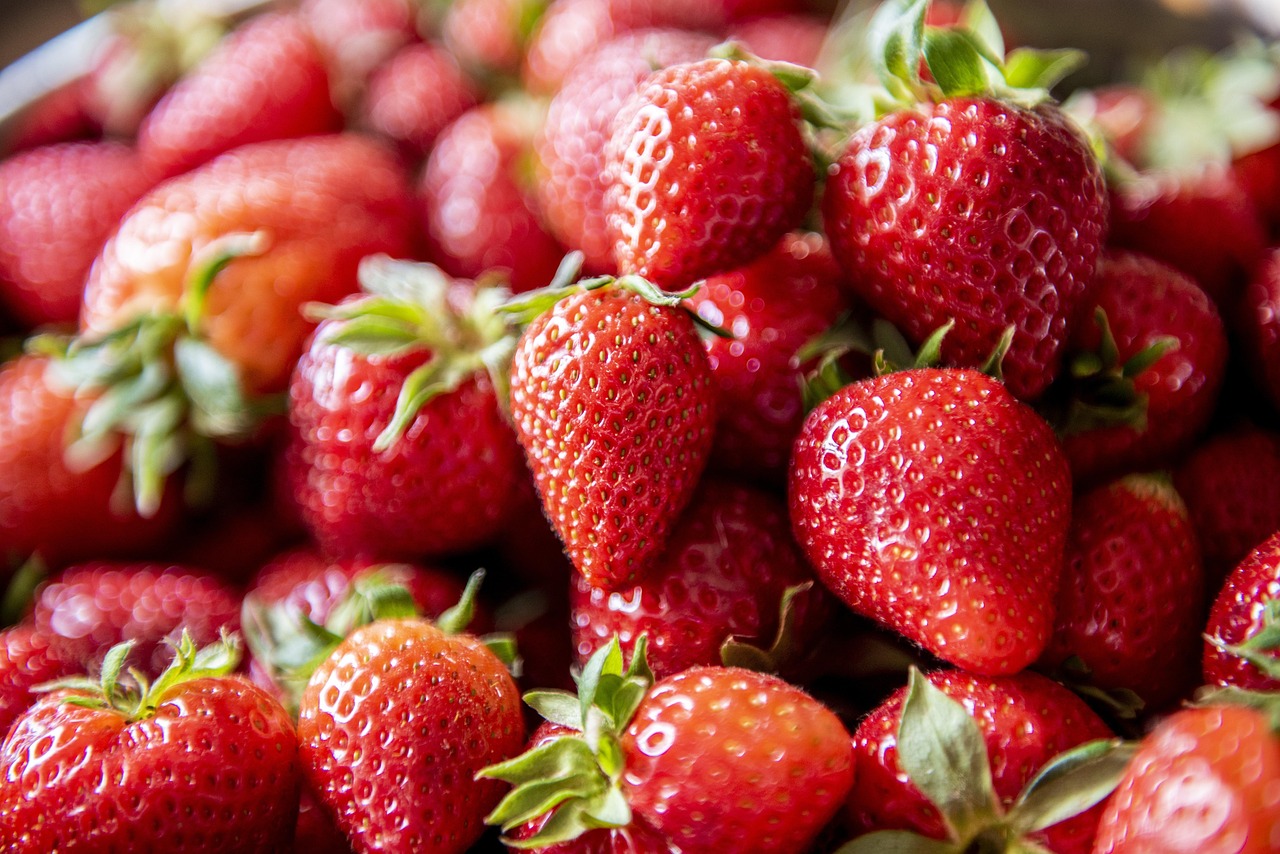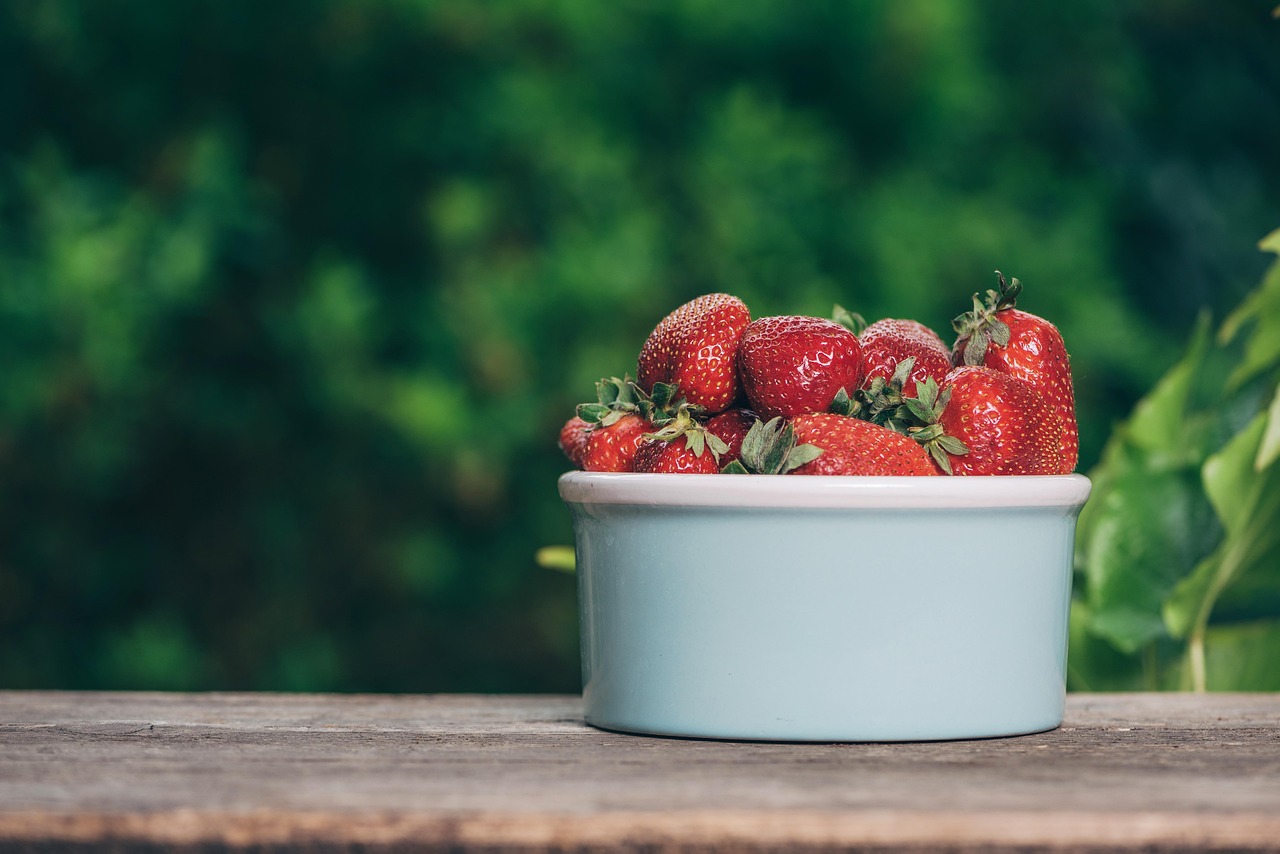Strawberry leaves can encounter various issues, including discoloration, wilting, and pest infestations. Identifying the specific problem is crucial for effective treatment. Common conditions such as leaf spot, powdery mildew, and aphids require different approaches to management and prevention.
Strawberries are a popular fruit known for their sweetness and bright red color. They are also appreciated for their nutritional benefits, being rich in vitamins and antioxidants. However, growing healthy strawberry plants can be challenging due to various leaf issues that may arise. Addressing these problems promptly not only ensures a bountiful harvest but also maintains the overall health of the plants.
Understanding the common issues affecting strawberry leaves is essential for any gardener or farmer. These problems can stem from environmental factors, pests, or diseases. By recognizing the symptoms early, you can take appropriate measures to treat your plants effectively. Below, we will explore some of the most prevalent strawberry leaf issues, how to identify them, and the treatment options available.
Common Strawberry Leaf Issues

Several factors can lead to strawberry leaf problems. Below are some of the most common issues gardeners may encounter:
- Leaf Spot: Characterized by dark spots on the leaves, leaf spot can be caused by various fungal pathogens.
- Powdery Mildew: This fungal disease appears as a white powdery coating on leaves, particularly in warm and dry conditions.
- Aphids: These small pests feed on the sap of strawberry plants, leading to curled or distorted leaves.
- Yellowing Leaves: Often a sign of nutrient deficiencies or poor soil conditions.
- Wilting Leaves: This can indicate overwatering, underwatering, or root problems.
Identifying these issues accurately is key to ensuring the health of your strawberry plants. The following table outlines some symptoms associated with each issue and their potential causes:
| Issue | Symptoms | Potential Causes |
|---|---|---|
| Leaf Spot | Dark, necrotic spots on leaves | Fungal infection |
| Powdery Mildew | White powdery coating on leaves | Fungal disease |
| Aphids | Curled or distorted leaves | Pest infestation |
| Yellowing Leaves | Leaves turning yellow | Nutrient deficiency |
| Wilting Leaves | Leaves drooping and wilting | Watering issues or root problems |
When you notice any of these symptoms on your strawberry plants, it is essential to act swiftly. Early intervention can prevent further damage and ensure a healthy crop. In the subsequent sections, we will delve deeper into each issue, outlining specific identification methods and treatment strategies for better management of strawberry leaf problems.
Identifying Leaf Spot in Strawberry Plants
Leaf spot is a common issue that affects strawberry plants, leading to unsightly dark spots on the leaves. This condition can be caused by several fungal pathogens, each requiring a specific approach for identification and treatment. Recognizing the signs of leaf spot early can help mitigate damage and maintain plant health.
Symptoms of leaf spot typically include:
- Small, dark, water-soaked spots that expand over time.
- Yellowing of the leaf surrounding the spots.
- Premature leaf drop, which can weaken the plant.
The following table details some common types of leaf spot diseases affecting strawberries, along with their identifying traits:
| Type of Leaf Spot | Symptoms | Causes |
|---|---|---|
| Angular Leaf Spot | Angular-shaped dark lesions | Bacterial infection |
| Gray Mold (Botrytis) | Grayish-brown spots with a fuzzy appearance | Fungal infection, often in humid conditions |
| Leaf Blight | Dark, irregular patches that may coalesce | Fungal pathogens such as Septoria |
Treatment Options for Leaf Spot
Treating leaf spot effectively involves both cultural practices and chemical interventions. Here are some strategies to consider:
- Maintain Proper Spacing: Ensure adequate spacing between plants to improve air circulation, which helps reduce humidity levels conducive to fungal growth.
- Watering Practices: Water the plants at the base rather than from above. Avoid overhead watering to minimize leaf wetness.
- Fungicide Application: If the leaf spot persists, consider applying a fungicide specifically labeled for strawberries. Follow the manufacturer’s instructions for application rates and timing.
- Sanitation: Remove and destroy affected leaves to reduce the spread of disease. Clean tools and equipment to prevent contamination.
Monitoring your strawberry plants regularly allows for early detection of leaf spot, making it easier to implement these treatment strategies when needed.
Understanding Powdery Mildew on Strawberries
Another common issue in strawberry cultivation is powdery mildew. This fungal disease manifests as a white powdery coating on leaves, stems, and flowers. It thrives in warm, dry conditions and can spread rapidly if not addressed.
The primary symptoms of powdery mildew include:
- A white powdery substance on the upper surfaces of leaves.
- Leaves curling or twisting as the disease progresses.
- Stunted growth and reduced fruit yield.
To manage powdery mildew effectively, consider the following approaches:
- Improve Air Circulation: Prune crowded foliage to improve air circulation around plants.
- Avoid Excessive Nitrogen Fertilization: High nitrogen levels can promote lush growth that is more susceptible to powdery mildew.
- Use Resistant Varieties: Some strawberry varieties are bred for resistance against powdery mildew. Consider planting these varieties in your garden.
If powdery mildew is present, applying fungicides specifically designed for this pathogen can help control outbreaks. Regular monitoring and timely intervention are key to protecting your strawberry plants from this common issue.

Addressing Aphid Infestations on Strawberry Plants

Aphids are small, soft-bodied insects that can cause significant damage to strawberry plants. They feed on the sap of the leaves and stems, leading to various symptoms that can affect plant health and fruit production. Identifying and managing aphid populations promptly is essential to maintaining the vitality of your strawberry plants.
The symptoms of aphid infestations include:
- Curled or distorted leaves, often with a sticky residue known as honeydew.
- Stunted growth, as the plants struggle to absorb nutrients.
- Presence of ants, which are attracted to the honeydew produced by aphids.
To effectively manage aphids, you can take several approaches that combine cultural practices and chemical treatments:
Cultural Control Methods
- Encourage Beneficial Insects: Introduce or protect natural predators of aphids, such as ladybugs and lacewings. These insects can help control aphid populations naturally.
- Monitor Regularly: Inspect your plants frequently for signs of aphids. Early detection allows for quicker intervention.
- Water Management: Avoid excessive watering, which can stress plants and make them more susceptible to infestations.
Chemical Control Options
If cultural control methods do not sufficiently reduce aphid populations, consider using insecticidal soaps or neem oil. These products are effective against aphids and are less harmful to beneficial insects when applied correctly. Follow these guidelines for effective application:
- Apply in the early morning or late evening to minimize harm to pollinators.
- Thoroughly coat all leaf surfaces, as aphids may hide on the undersides.
- Repeat applications every 7-10 days until the infestation is under control.
Dealing with Yellowing Leaves in Strawberries
Yellowing leaves can be a sign of several issues in strawberry plants, often indicating nutrient deficiencies or environmental stress. Identifying the underlying cause of yellowing is crucial for effective treatment.
Common causes of yellowing leaves include:
- Nitrogen Deficiency: Older leaves turn yellow while younger leaves remain green. This may require nitrogen-rich fertilizers to correct.
- Iron Deficiency: Yellowing occurs between the veins of younger leaves, often accompanied by stunted growth. This may be addressed with iron chelates or soil amendments.
- Overwatering or Poor Drainage: Yellowing may also result from root rot due to excessive moisture. Ensure proper drainage and adjust watering practices accordingly.
Nutrient Management Strategies
To prevent yellowing leaves and maintain healthy strawberry plants, consider the following nutrient management strategies:
- Soil Testing: Conduct a soil test to determine nutrient levels and pH. This information will guide you in making informed amendments.
- Fertilization Timing: Apply fertilizer at the beginning of the growing season and follow up with additional applications as needed throughout the growing period.
- Organic Amendments: Incorporate compost or well-rotted manure into the soil to improve nutrient content and soil structure.
Adequate nutrient management not only helps prevent yellowing leaves but also supports overall plant health and productivity. Regular monitoring of your strawberry plants is essential for detecting any early signs of nutrient deficiencies or other issues.
Tackling Wilting Leaves in Strawberries

Wilting leaves are another common issue that can indicate several problems within strawberry plants. This symptom can result from environmental stress, pest issues, or root problems.
The primary causes of wilting leaves include:
- Underwatering: Insufficient water supply can lead to dehydration, causing leaves to droop.
- Overwatering: Excessive moisture can suffocate roots, leading to root rot and subsequent wilting.
- Pest Pressure: Infestations from pests like aphids or spider mites can weaken plants, causing wilting as they feed on sap.
Strategies for Addressing Wilting Leaves
To effectively address wilting leaves, consider implementing these strategies:
- Evaluate Watering Practices: Assess your watering schedule. Ensure the soil is moist but not waterlogged. Consider using mulch to help retain soil moisture.
- Inspect for Pests: Check for signs of pest infestations. If pests are present, implement appropriate control measures as discussed earlier.
- Improve Soil Drainage: If overwatering is an issue, consider amending your soil with organic matter to improve drainage and aeration.
By addressing the causes of wilting leaves promptly, you can help restore vitality
By addressing the causes of wilting leaves promptly, you can help restore vitality to your strawberry plants and optimize their productivity. Regularly monitoring moisture levels and pest pressures is key to preventing future issues and ensuring healthy growth throughout the season.
Additional Considerations for Strawberry Plant Health
In addition to managing specific leaf issues, there are broader practices that can enhance the overall health of your strawberry plants. Implementing these practices can create a more resilient growing environment and reduce susceptibility to various problems.
- Crop Rotation: Rotate your strawberry plants with different crops each year. This practice helps prevent the buildup of soil-borne diseases and pests that specifically target strawberries.
- Mulching: Apply a layer of organic mulch around the base of your plants. Mulch conserves moisture, suppresses weeds, and can improve soil quality as it decomposes.
- Optimize Sunlight Exposure: Ensure your strawberry plants receive adequate sunlight. Aim for at least 6-8 hours of direct sunlight daily to promote healthy growth and fruit production.
- Regular Pruning: Prune dead or diseased leaves and runners to improve airflow and reduce disease risk. This practice also helps the plant focus its energy on producing fruit.
Following these best practices will not only aid in managing specific leaf issues but also contribute to the long-term health and productivity of your strawberry plants. A proactive approach to plant care can lead to a more successful harvest and a more enjoyable gardening experience.
Final Thoughts
Caring for strawberry plants requires vigilance and awareness of potential leaf issues, including leaf spot, powdery mildew, aphid infestations, yellowing leaves, and wilting. Identifying these problems early and applying appropriate treatments can significantly enhance plant health and fruit yield.
Understanding the various factors that contribute to these leaf issues, such as environmental conditions, pest pressures, and nutrient availability, empowers gardeners to take proactive measures. Implementing cultural practices, maintaining good sanitation, and using targeted treatments when necessary will foster robust strawberry plants capable of thriving in diverse conditions.
Ultimately, successful strawberry cultivation is a combination of knowledge, observation, and timely intervention. By following the guidelines outlined in this guide, you will be well-equipped to manage strawberry leaf issues effectively and enjoy a fruitful harvest season after season.
